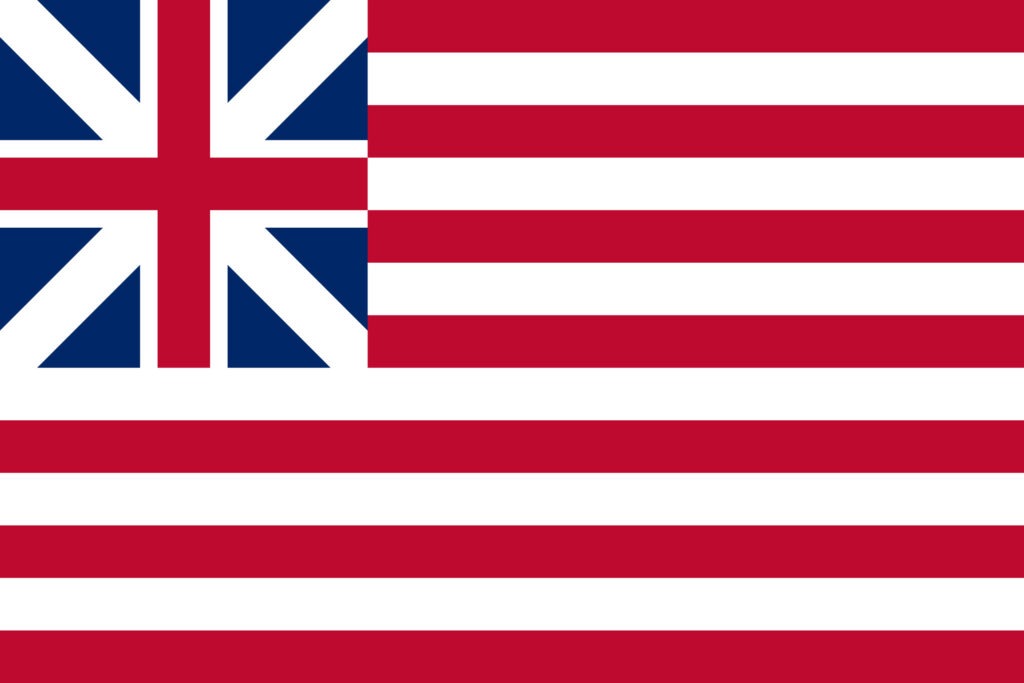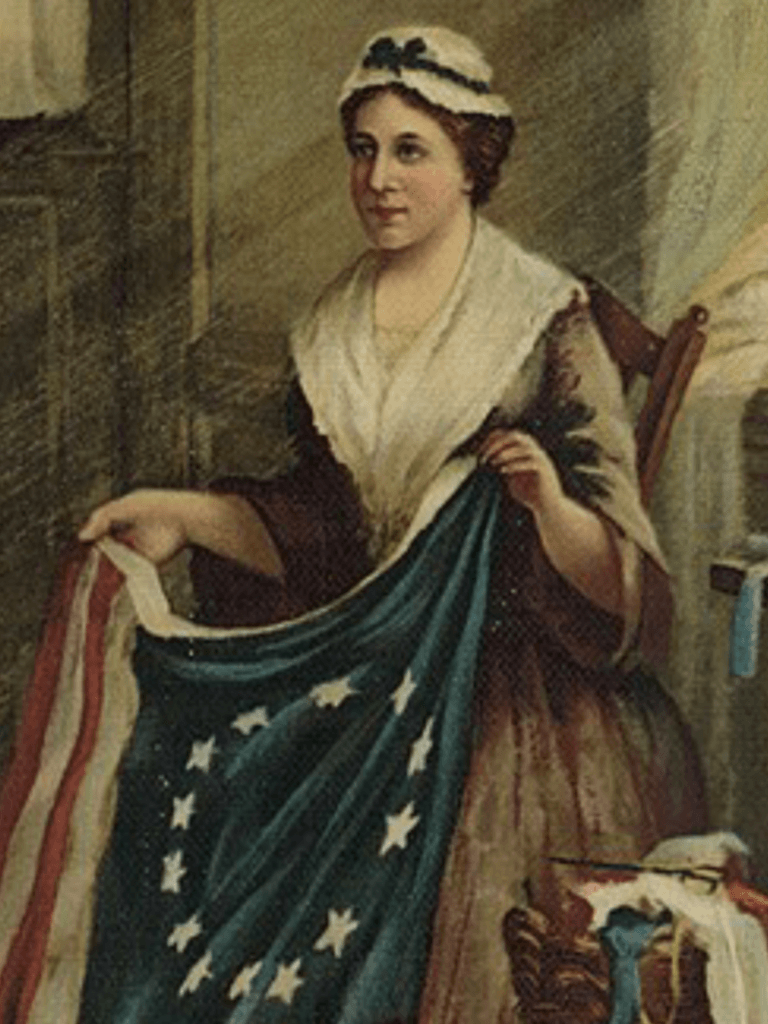Suppose diplomacy failed and war struck the world, then foreign armies attack the US, and you’re left alone to defend your base. No weapons, yet you need to prevent the Old Glory from falling into the hands of your enemies. What would you do?
You’re probably thinking of how you will scale the flagpole and get access to the little golden sphere (finial ball) at the top; maybe inside, there’s a match, a bullet, and a razor. You will use the razor to cut the stars and flag stripes, burn the remains with the match, then defend the base with the bullet or blow your brains off depending on the situation.
Well, that story is an urban legend. And you might be from another planet if you haven’t met a service member that hasn’t heard the story.
Would you like to purchase some flagpole products and get to know what’s in the finial ball? Visit Atlantic Flag and Pole website. All our products are manufactured in the U.S.A, and we value quality, especially when it comes to Old Glory. Ours is a state-of-the-art design and top-notch components combination to ensure you get the best looking and long-lasting flags in the industry.
So, what’s the purpose of the finial ball? The sad truth is that it serves no particular purpose. The primary purpose of this ball is decoration and pole maintenance. It helps ornament solid flagpoles and prevents water from entering the hollow ones.
At one point, the top of the military flagpoles featured gold-colored eagles. However, they proved useless because flags would entangle hopelessly during strong winds hence the switch to the sphere to do away with this challenge.
Common Flagpole Ball Theory
As logical as that sounds, different rumors about the finial ball continue to spread across the services. Some people believe there’s a single rice grain or wheat grain meant to strengthen a soldier so he can defend the flag and rebuild food supplies should the soldier overcome the foreign attackers while defending the flag. To others, there is a penny, so America will never face insolvency.
Other people believe there’s a thread and needle stashed inside the finial to repair a damaged flag in case of victory. Others assume there’s a hidden pencil to write down every single event for historical documentation.
In real life, if you find yourself alone, attacked by a strong foreign army, the possibility of being able to carry out the flag protection ritual is next to impossible. And you should probably have it in mind that nations don’t win a war by capturing the flag.
What’s the flagpole ball made of?
The finial ball is made from two curved aluminum pieces connected and placed on a threaded rod to fit perfectly into the flag post. The post houses the pulley system. , As we said earlier, fitting the ball to the post ensures water does not access the hollow flagpoles. Most trucks are designed with threaded holes to hold the ball.
Most legends are involved in the military; therefore, an ordinary person shouldn’t bother him/herself with installing the right items.
What’s really inside the Gold Ball?
Ever looked at the finial ball and wondered what’s in it? Well, the military generation has passed down a series of stories regarding items hidden in those shiny pole-tope spheres. Surprisingly, the hidden items vary depending on who is telling the tale, but the purpose of the item is always similar; to capture and save the flag if a military base gets attacked by foreign enemies. A brave soldier must use the hidden objects to defend the Old Glory by preventing the stripes and the stars from falling into the wrong hands. If defeated, he/she must accord the flag a decent send-off.
The uninspiring truth is that there’s nothing hidden in the finial ball. Well, at least not in most finial balls. Balls are typically the ideal flagpole choice as they do not hold or tear the flag as it blows up and over the pole. Regardless, we attach some merit to the legend. After all, it strengthens the American flag’s symbolic importance and a soldier’s commitment to his or her duty.
The American flag is a vital element in military culture. Its value exceeds the freedom or patriotic symbol; it’s a symbol of resistance, territory marker, and a victory proclamation. Alternatively, flag-lowering or capturing is a sign of defeat and mourning. Therefore, it is not a surprise that the flag alongside the poles supporting it is a military lore subject.
The American Flag: Brief History
The first official flag was called “Continental Colors,” also known as the “Grand Union Flag,” with thirteen red and white stripes, and the British flag, also known as the Canton, was placed in the upper left corner. It was the same design as the British East India Company flag flown from 1701 to 1801. However, the British East India Company flag, which had red and white stripes, was normally flown when sailing in the Indian Ocean. Other flags were passed during this period to show support for independence. Christopher Gadsden, in 1775 made and designed The Gadsden Flag.
Colonel William Moultrie created the Moultrie flag in 1775 in preparation for the war with England. It features a white crescent moon with the letters “LIBERTY” engraved on a navy-blue background. It flew during the American victory at the Battle of Sullivan’s Island in June 1776.
The origin of the Stars and Stripes has become part of American folklore. A popular belief is that Philadelphia flag maker Elizabeth Griscom, also known as Betsy Ross, sewed the first “official” flag in June 1776. Legend has it that George Washington, Robert Morris, and George Ross returned to Betsy Ross’ home to discuss the flag’s design. The original plan had her six-sided star representing 13 colonies on a blue ground with red and white stripes. She suggested a pentagram. The three men asked her to sew the flag as they were amazed at her skills.
The Second Continental Congress approved the first flag resolution on June 14, 1777. This resolution was officially modified with the “Stars and Stripes” as the national flag. With this resolution, June 14 became celebrated as Flag Day. Since the resolution did not specify the placement of the stars, various “constellation” flags exist. The “Betsy Ross” flag has a circle of stars.
In 1794 a second Flag Act was passed and signed. The resolution added his two new stars and stripes to the design, symbolizing Vermont and Kentucky’s accession to the United States. This flag continued to be used even after adding five states to the Union. In 1818, after several design changes, the United States Congress decided to retain the flag’s original 13 stripes and add a new star to reflect the new states joining the United States. The recent American flag is the 27th version of the national flag. When the 13 colonies seceded from Britain, they needed a flag to symbolize their patriotic cause and rally individuals for revolution. Since then, Americans have fought and died to defend the democratic ideals represented by the flag.



